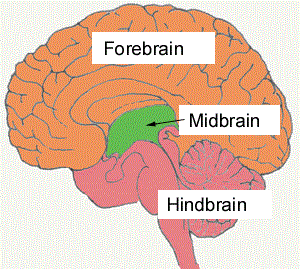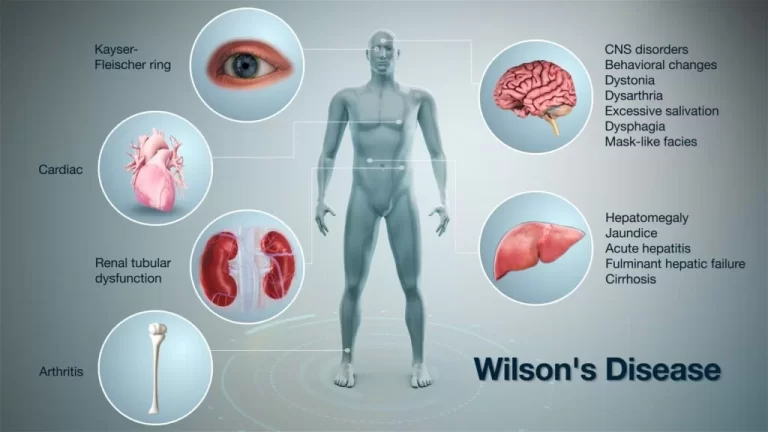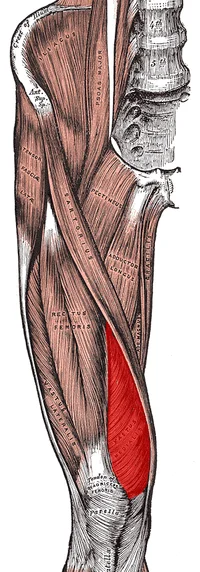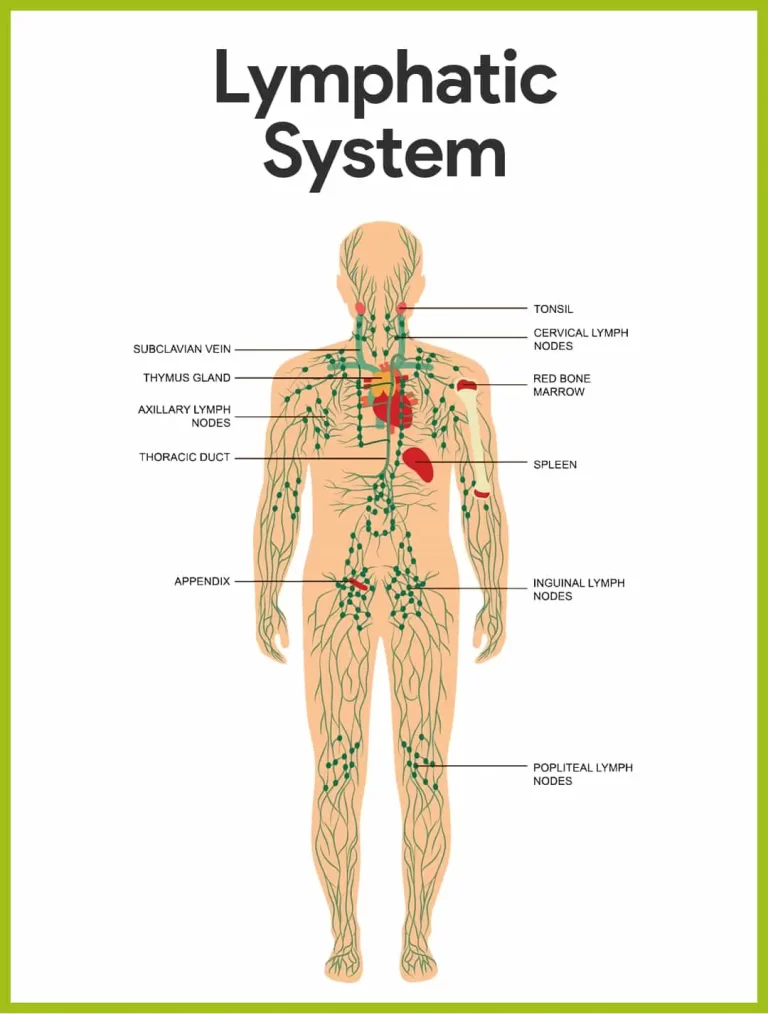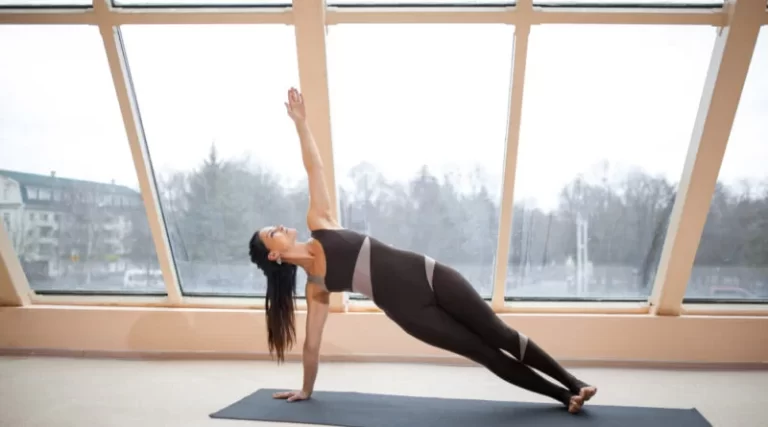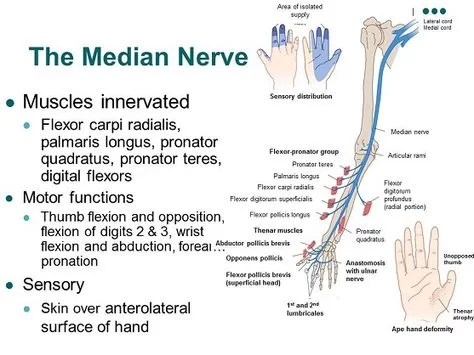Hindbrain
What is a Hindbrain?
The hindbrain (developmentally obtain from the rhombencephalon) is one of the three major areas of the brain, situated at the lower back part of the brain. It comprises most of the brainstem and a dense coral-shaped composition called the cerebellum. The brainstem is one of the very important parts of the whole central nervous system (CNS) because it connects the brain to the spinal cord and correlates numerous vital functions, similar to breathing and heartbeat.
There are three main portions of the hindbrain – pons, cerebellum, and medulla oblongata. Most of the 12 cranial nerves are present in the hindbrain.
Evolution
The hindbrain is homologous to a segment of the arthropod brain also known as the sub-oesophageal ganglion, in terms of the genes that it indicates and its position in between the brain and the nerve cord. It has been recommended that the hindbrain first develops in the Urbilaterian the last common ancestor of creatures and arthropods—between 570 (five hundred and seventy )and 555 (five hundred fifty-five)million years ago.
Pons
The pons gains its name from the Latin word for ‘bridge’, and it connects the remnants of the brainstem to the cerebral cortex. Bulbous in shape, it sits right beneath the midbrain and serves as a correlation center for signals and communications that pass between the two brain hemispheres and the spinal cord.
Four cranial nerves are present in the pons: the abducens nerve assist correlate eye movement; the facial nerve correlate movement and sensation in the face; the vestibulocochlear nerve processes sound and assist us to maintain balance; and the trigeminal nerve correlates chewing and conduct sensory information from the face and the head.
Cerebellum
Behind the pons and the remnants of the brainstem sits a component called the cerebellum (Latin for ‘little brain’). In cross-section, this part looks similar to a layered, wrinkly coral. Just like the cortex, it has two hemispheres, with a dense layer of grey matter surrounding an inner area of white matter. It also comprises special neurons called Purkinje fiber cells, capable of processing numerous signals at once due to their highly complex dendrite branches.
The cerebellum correlates the sensations with responses from the muscles, permitting most of the voluntary movements. It also processes nerve impulses from the inner ear and correlates them with muscle movement, thus assisting us to maintain balance and posture.
Medulla oblongata
The lower portion of both the brainstem and the overall hindbrain is the medulla oblongata, where the brain passage to the spinal cord. It is only about 3cm long, but the medulla is an essential nerve tract that comprises the control centers for the autonomic vital functions – heart rate, blood pressure, breathing – and numerous involuntary reflexes similar to swallowing and sneezing.
The medulla comprises both white and grey matter and four cranial nerves stem from this area the glossopharyngeal nerve correlates some taste sensations and mouth movements; the vagus nerve controls mouth movements, voice, and the gag reflex; the accessory nerve correlates head and neck movements; and the hypoglossal nerve controls tongue movements and muscles included in the speech.
Activities Controlled by Hindbrain
The hindbrain control numerous vital processes, which are important for existence such as respiration, cardiovascular reflexes, motor activities, sleep-wake cycle, etc. The main functions controlled by the hindbrain are:
- Pons- It controls the sleep-wake cycle, responsible for giving rise to dreams.
- Pneumotaxic center present in pons control changes from inhalation to exhalation.
- The four cranial nerves (V-VIII) having nuclei in the pons portion control respiration, involuntary actions, bladder control, hearing, posture, maintaining equilibrium, chewing, swallowing, taste, eye movement, facial sensation, and expression
- Injury to the pons area may result in difficulty in ambulation, touch, swallowing, etc.
- Cerebellum- It is responsible for the correlation and fine-tuning of motor activity. It assists in the precision of muscle movements. It controls equilibrium, posture, and muscle tone.
- It is also known to store entire memories and motor skills like swimming, cycling, etc.
- Medulla- It controls different autonomic functions.
- It controls respiration. It is completed by chemoreceptors, which sense the variation in the blood pH.
- It controls cardiovascular reflexes and heartbeat.
Damage to the Hindbrain
- conditions related to damage to the hindbrain depends on the anatomy or structure which is injured.
- injury to the pons is related to symptoms such as loss of taste, impaired breathing, sleep disturbances, loss of muscle function (except eye movement), and deafness.
- In severe cases, this could result in paralysis or death. A type of stroke, called pontine stroke, is limited to the pons and can cause paralysis. An uncommon condition related to damage to an area of the pons is called ‘Locked-in Syndrome’.
- If an independent has this condition, they are sensible of their surroundings and can see and hear. However, they cannot regulate unable any voluntary muscles that are under conscious control, so they will be inadequate to move or react.
- This condition can be the result of an injury or a deficiency of blood supply whilst undergoing a stroke. If the brainstem in approximate gets damaged, this can result in difficulties or deficits with balance and moving, dizziness, and insufficiency of motor function.
- The brain stem has also been related to sleep disorders similar to insomnia and sleep apnoea. In specific, if the medulla becomes damaged or injured, this can lead to respiratory failure, paralysis, or loss of sensation.
- Damage to this structure can be fatal as it assists the heartbeat, therefore injury to this area can cause a termination or stoppage in the heartbeat, resulting in death. Finally, cerebellar damage results in the destruction of nerve cells which can have long-last or durable effects.
- Symptoms related to damage are a loss of fine correlation being unbalanced, experiencing tremors, incapacity to walk, vertigo, and slurred speech.
- Drinking alcohol has an instant and temporary effect on the cerebellum as the body’s correlation and movements become clumsy(uncoordinated). Someone who has drunk a lot of alcohol may not be unable to walk in a straight line and may have trouble balancing.
- frequent alcohol misuse can become an alcohol use disease and can have long-lasting effects on the cerebellum and lead to these symptoms being more long-lasting or durable.
- Other causes of damage or injury to the cerebellum can come from injury to the head, similar to falling backward and hitting the back of the head where the cerebellum is situated.
- Brain tumors and septicemia in the brain can also cause long-lasting or durable injury or damage to the cerebellum. Damage could also occur through medical issues such as Parkinson’s disease, multiple sclerosis, and experiencing a stroke.
- always some diseases and conditions related to damage or injury to the hindbrain cannot be avoided or the cause is unspecified, there are lifestyle options that can be taken to conserve the health of the brainstem, especially the cerebellum.
- Limiting or stopping smoking, as well as limiting the quantity of alcohol consumption or intake is a suggestion. This is because they both provide to raising blood pressure which could eventually lead to a stroke.
- Drinking alcohol can also result in being imbalanced which can be a higher risk of injury or damage. Exercising more and eating a healthy diet both assist lower blood pressure, and thus, the danger of a stroke, so this is inspired to protect the brain.
- Finally, protecting the head universally, such as wearing seatbelts in the car, wearing helmets when cycling,
- , and taking care to prevent or avoid falls in the home, can limit or decrease the risk of damage or injury to the structures of the hindbrain.
FAQ
What happens if the hindbrain is damaged?
injury to the Hindbrain. Symptoms or conditions related to injury to the hindbrain depend on the components which are damaged. Damage to the pons is related to symptoms similar to sleep disturbance, impaired breathing, loss of muscle function (except eye movement), loss of taste, and deafness.
What does the hindbrain help with?
The hindbrain correlate functions that are fundamental to survival, comprising respiratory rhythm, motor activity, sleep, and wakefulness. It is one of the three main developmental divisions of the brain; the other two divisions are the midbrain and forebrain.
Does the hindbrain control balance?
It also processes nerve impulses from the inner ear and correlates them with muscle movement, thus assisting us to maintain balance and posture.
What age does the hindbrain develop?
At three to four weeks after conceiving the neural groove closes into a tube, and three distinct areas —a hindbrain, midbrain, and forebrain—initiate to take form.
What is the location of the hindbrain?
Hindbrain is the lower portion of the human brain near the brain stem and is also called a rhombencephalon.
Is the hindbrain The main thinking part of the brain?
It has areas that collect sensory impulses from different receptors. different areas of the forebrain are specific for hearing, smell, sight, and so on. Involuntary functions like vomiting, salivation, and blood pressure are controlled or regulated by the medulla in the hindbrain.
Which structure is not part of the hindbrain?
The thalamus is present between the midbrain and the cerebral cortex. Therefore it is not a portion of the hindbrain.
Does the hindbrain control breathing?
The medulla oblongata is a portion of the hindbrain that regulates autonomic functions similar to breathing, digestion, heart and blood vessel function, swallowing, and sneezing. Motor and sensory neurons from the midbrain and forebrain runs through the medulla oblongata.
What does the hindbrain turn into?
The hindbrain is also called the rhombencephalon. It becomes the cerebellum, pons, and medulla. all along the development of the hindbrain, parts are seen that are called rhombomeres. The rhombomeres produce numerous neurons, some of which progress axons to the cranial nerves (Lumsden & Keynes, 1989).
How is the hindbrain formed?
The hindbrain develops from the rhombencephalon all along embryonic development. Its major functions comprise sleep, respiration, motor correlation and organization, and reflexes. The brainstem includes the origins of the main cranial nerves that regulate the muscles in the head and face.
What part of the hindbrain controls heartbeat and breathing?
The brain stem sits within the cerebrum in front of the cerebellum. It connects the brain to the spinal cord and regulates automatic functions similar to breathing, digestion, blood pressure, and heart rate.
What structure in the hindbrain controls respiration?
The respiratory center is situated in the medulla oblongata and is included in the minute-to-minute control or regulation of breathing
Which brain is responsible for balance?
The cerebellum
The cerebellum is situated behind the brain stem. While the frontal lobe regulates movement, the cerebellum “fine-tunes” this movement. This region of the brain is responsible or answerable for fine motor activity balance, and the brain’s capability to determine limb position.
Is the hindbrain the most primitive?
The Hindbrain is the earliest of CNS areas and is situated both posterior (toward the back) and inferior (below) relative to the other central nervous system(CNS) areas. The cerebellum and lower brain stem structures, the medulla and pons, are situated in this division.
What is the hindbrain for kids?
The hindbrain sits beneath the back end of the cerebrum. It is comprised of the cerebellum, pons, and medulla oblongata. The cerebellum is also called the “little brain” because it looks similar to a small version of the cerebrum — is responsible for balance, coordination, and movement.
What is the cavity of the hindbrain?
The cavity of the hindbrain or rhombencephalon is the fourth ventricle, that of the diencephalon or interbrain is the third ventricle, and those of the cerebral hemispheres are the lateral ventricles.
What are some facts about the hindbrain?
The hindbrain involves the upper part of the spinal cord, the brain stem, and a wrinkled ball of tissue called the cerebellum. The hindbrain regulates the body’s vital functions similar to respiration and heart rate. The cerebellum correlates with the movement and is comprised of learned rote movements.
What is below the hindbrain?
Myelencephalon. The myelencephalon is the lower part of the hindbrain situated below the metencephalon and above the spinal cord. It comprises the medulla oblongata. This brain anatomy passes on motor and sensory signals between the spinal cord and higher brain areas.

